A new study published in JAMA suggests that US payers may be overcharging patients in co-payments for prescription drugs. The University of Southern California researchers found that in over one in four prescriptions for generics, co-payments were higher than the cash price of the drugs.
This means that 28 percent of the time, patients are overpaying for their generic medications. In contrast, the researchers say this occurs just six percent of the time in the case of co-payments for branded drugs.
“This is money that patients could be saving if they knew about and could avoid the practice,” lead study author Karen Van Nuys of the Schaeffer Center for Health Policy and Economics at the University of Southern California in Los Angeles, told Reuters Health. “Particularly for patients who struggle to afford their prescription drugs, even modest savings would be helpful.”
As Van Nuys pointed out, lower-income patients who already have trouble affording their prescription medications are often the ones who are most affected by overpayments. While these insurance copays are often just $5 to $10, added costs could prompt vulnerable patients to try to stretch their medicines by extending dose intervals, stop refilling their prescriptions as often or even cease to the take the drug.
In their study, Van Nuys and her colleagues analyzed data collected by the Centers for Medicare and Medicaid Services in 2013 on average reimbursement rates for pharmacies and compared this to co-payments paid by patients. In all, 9.5 million claims were included in the study, of which 2.2 million involved overpayments.
Patients collectively overpaid $135 million in co-payments during the study period, with an average individual overpayment of $7.69. In one-third of cases where hydrocodone with acetaminophen – a painkiller which was the most commonly prescribed drug – was involved, patients overpaid by an average of $6.94.
While the study highlights the important issue of drug pricing and the availability of affordable medicines in the US, it does have its limitations. For one, since pricing data was collected about five years ago, the findings might be hard to extrapolate to the current healthcare climate.
In addition, the level of overpayment identified in the current study may not be sufficiently prohibitive for low-income patients to change their medication adherence behaviour. According to Dr. Aaron Kesselheim, a researcher at Harvard Medical School in Boston, issues usually arise when patient’s have a choice “between extremely inexpensive generic drugs and extremely expensive brand-name drugs, not on average about $5 differences between co-payments and negotiated reimbursement for generic drugs.”
Still, patients should be informed about the issue. Stacie Dusetzina, a health policy researcher at Vanderbilt University Medical Center in Nashville, Tennessee says that patients should check when their pharmacist whether paying for a prescription with cash is less expensive than their insurer’s copay.
“Pharmacists might not be allowed to offer this information to patients due to `gag clauses’ but if patients ask, pharmacists can tell them,” said Dusetzina. “Several states have banned these practices and allow pharmacists to offer this information but even if you live in one of those states, you should ask. Patients can also use pricing tools on the internet like GoodRx.com to see what prices they could expect across a variety of pharmacies if they paid cash.”


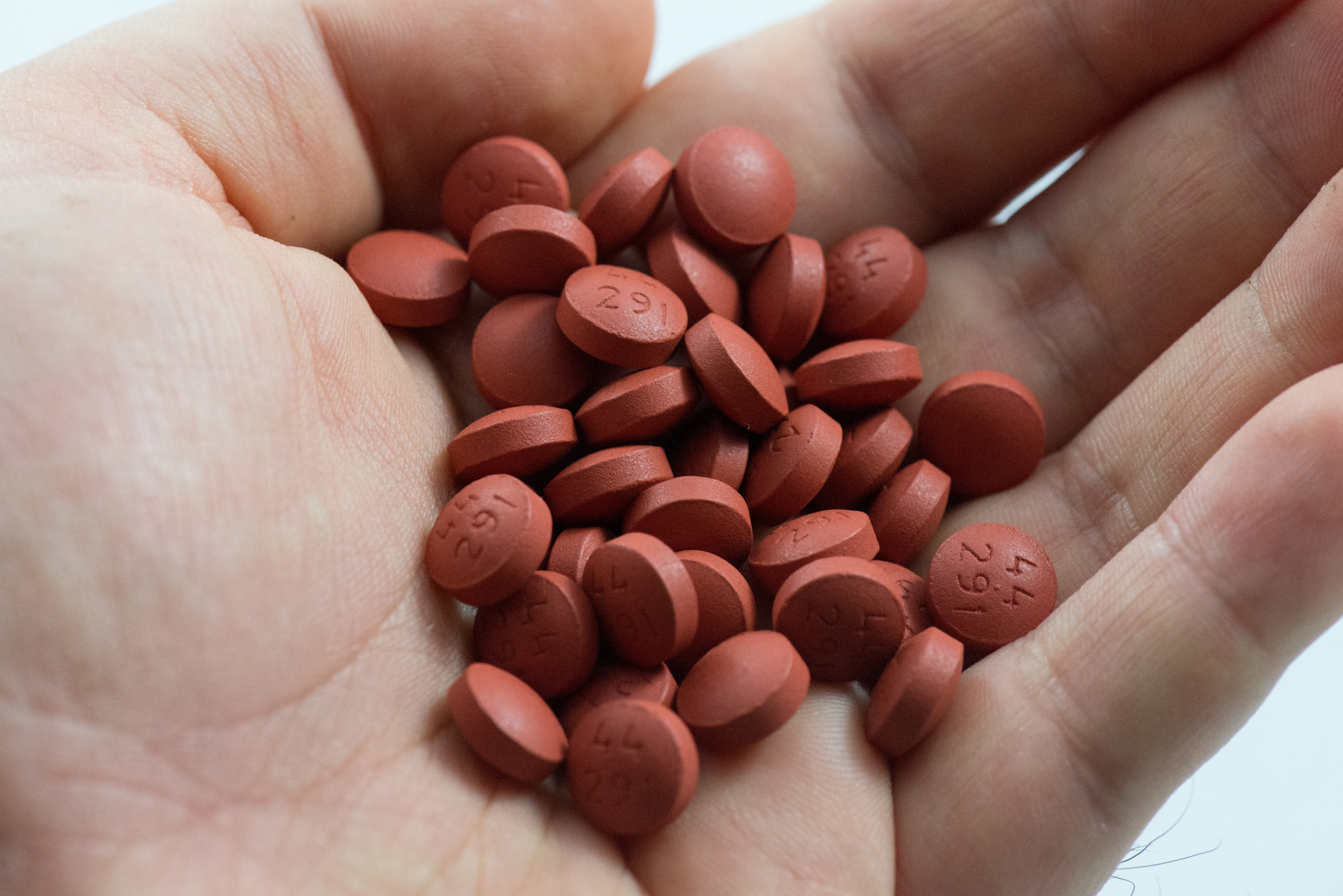
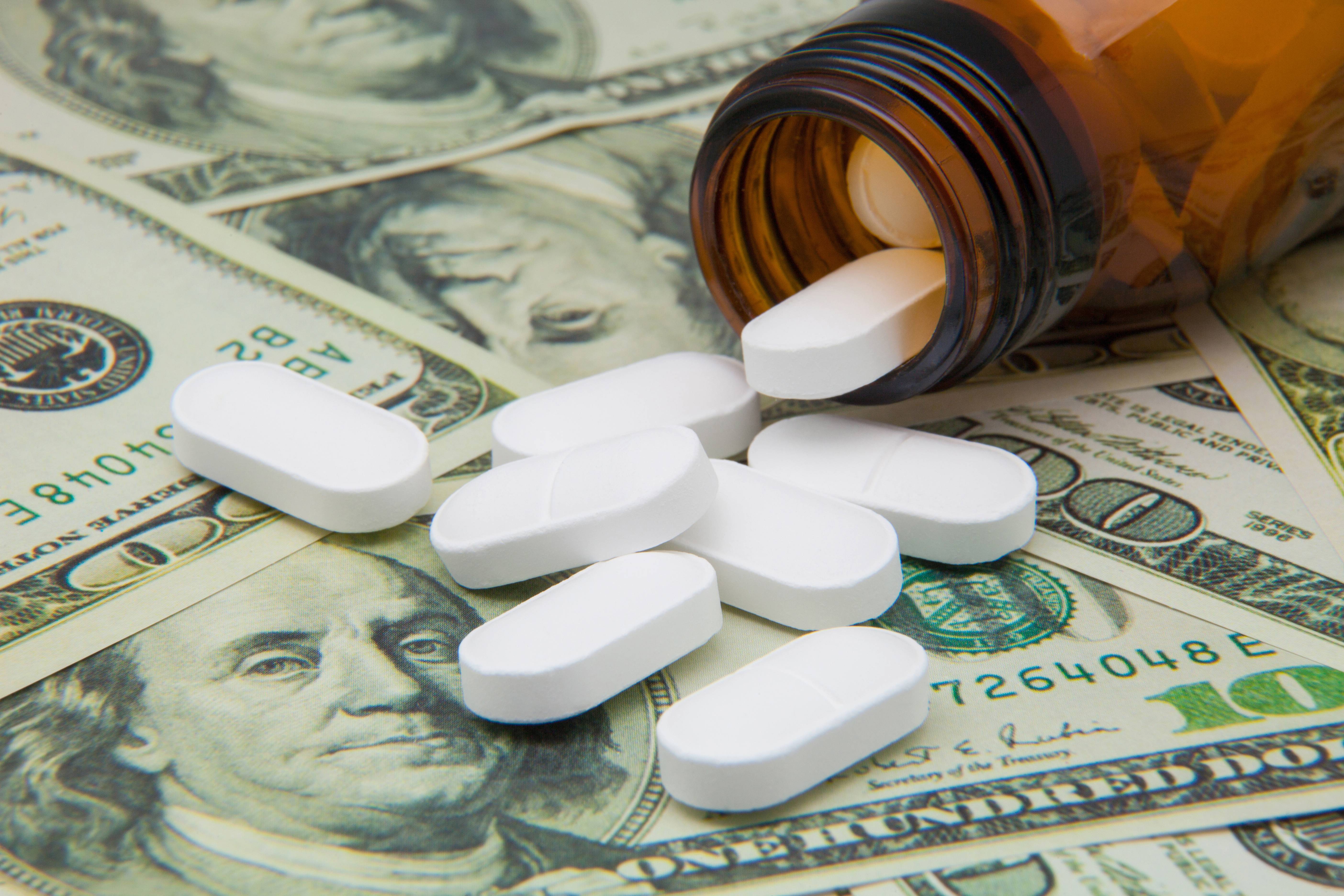
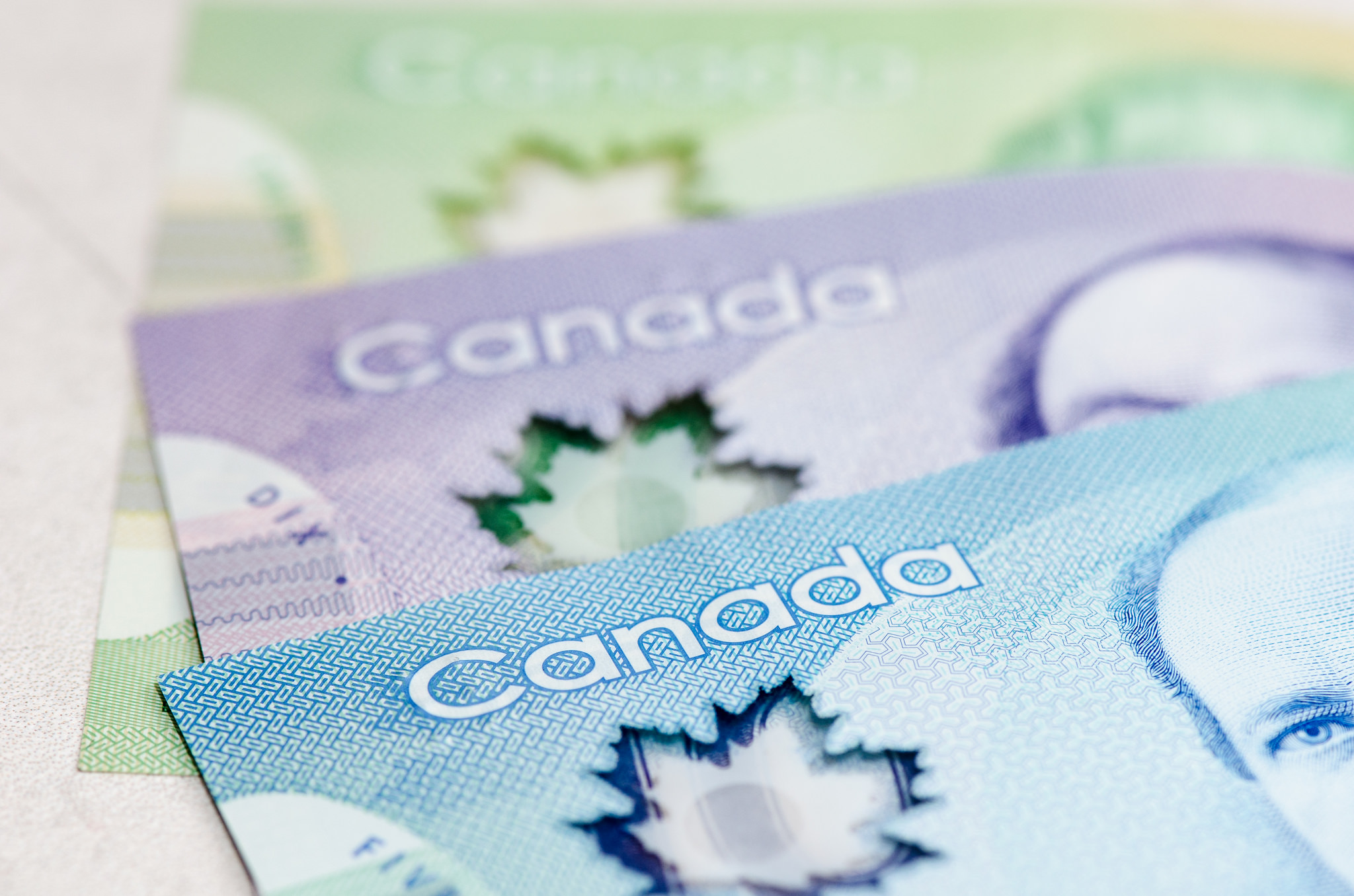
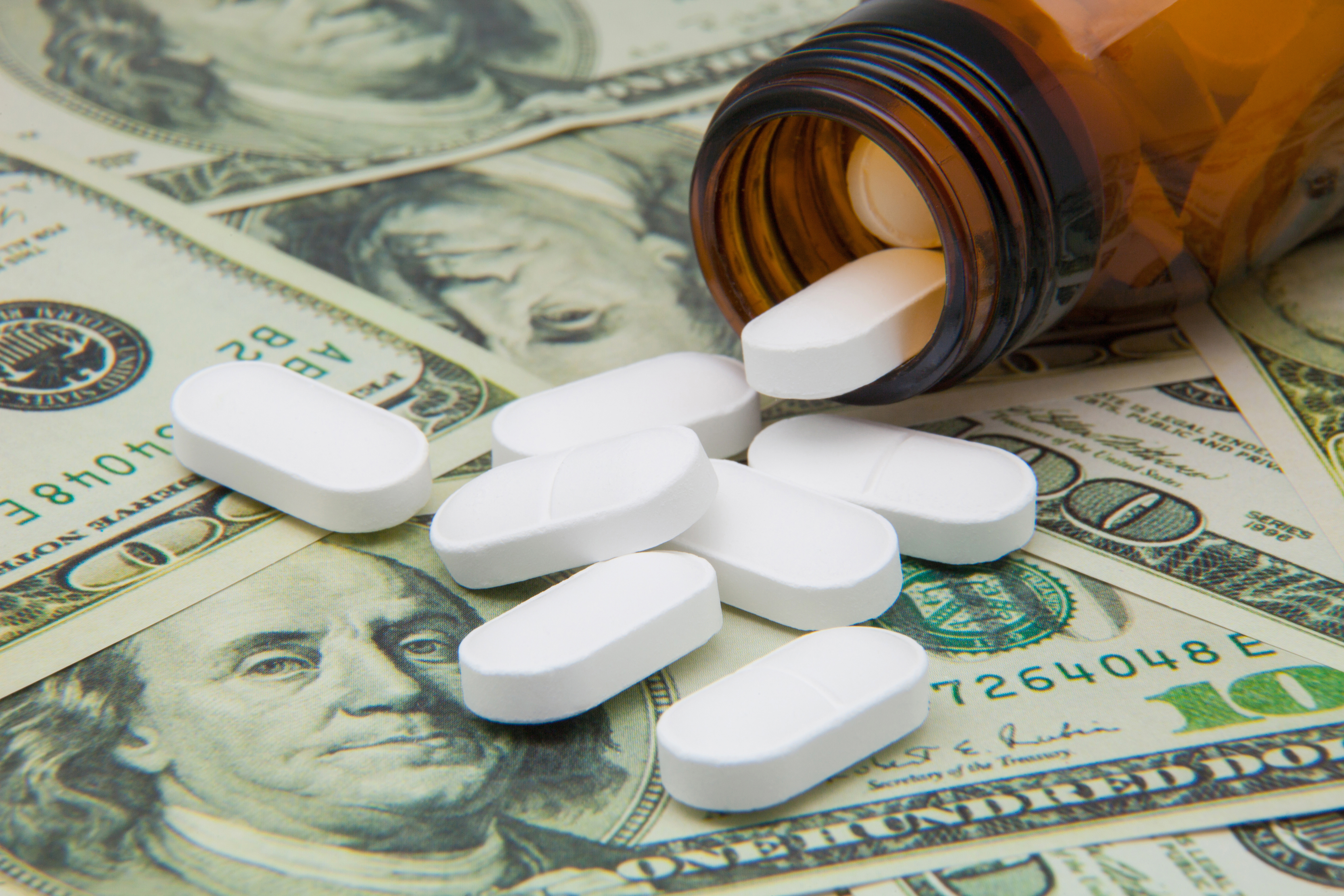


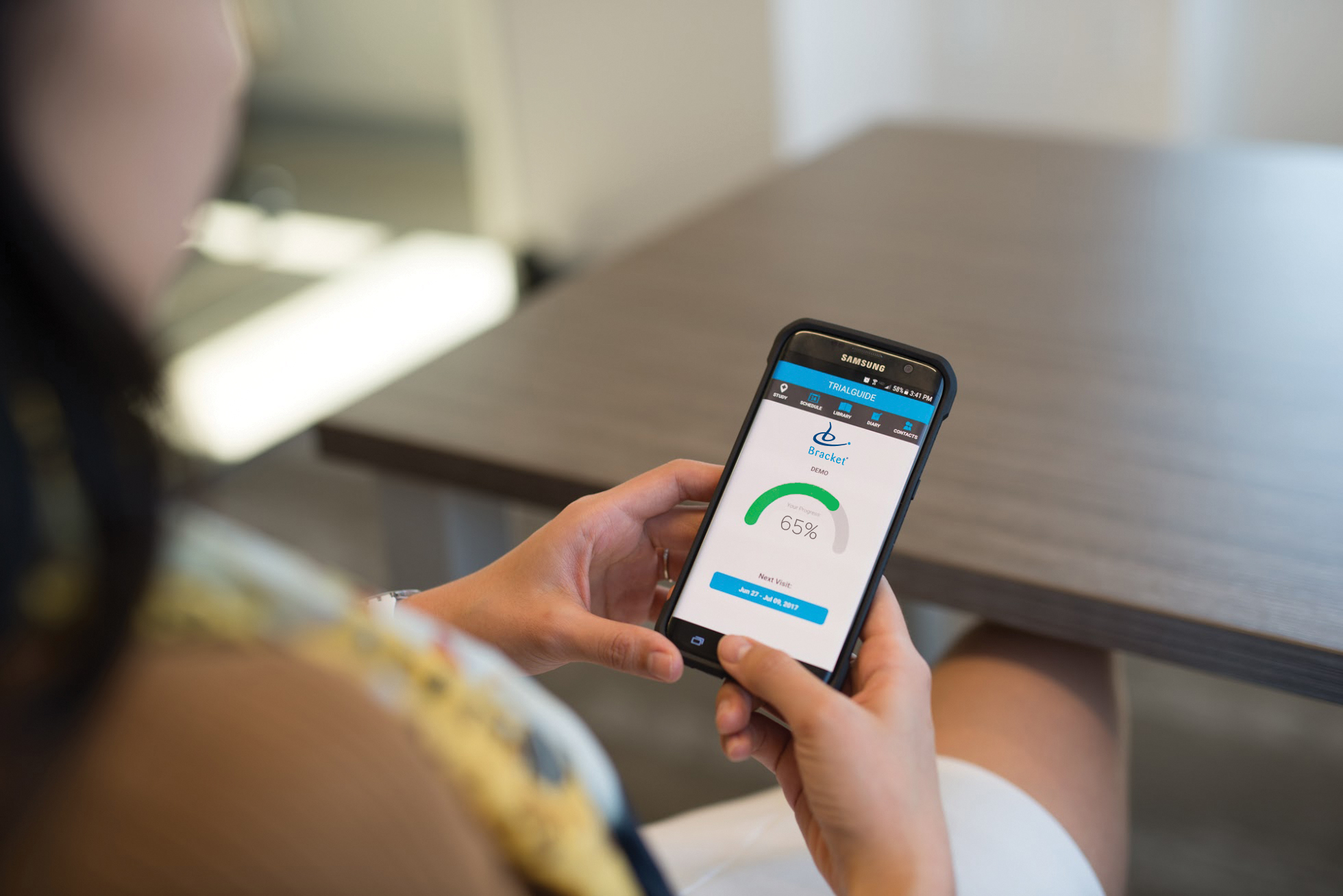

Join or login to leave a comment
JOIN LOGIN